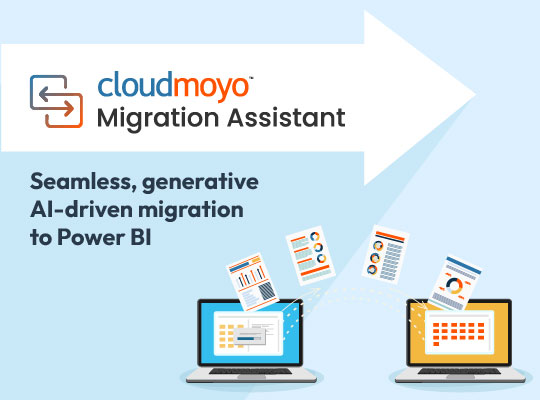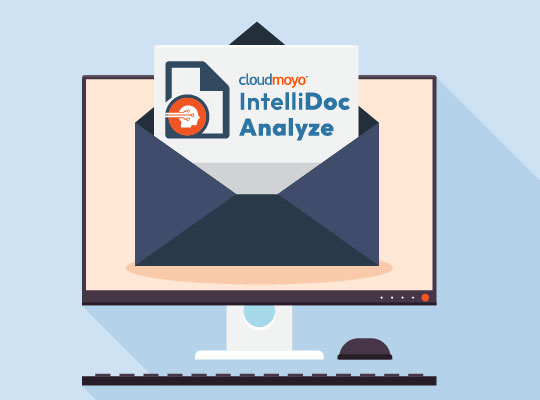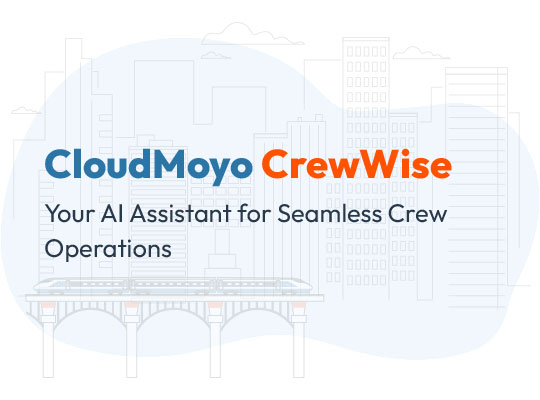The demand for digital services is growing faster than ever, and it does not appear to be slowing down. You’ve probably seen and heard about the power of low code and its ability to optimize the entire development process to accelerate the delivery of applications. Gartner Research predicts that “By 2024, low-code application development will be responsible for more than 65% of application development activity.” The explosion of mobile apps, and the change in consumer expectations, was a catalyst for a revolution in application development.
With low code technology, you can increase the speed while designing applications, and there is no need for traditional coding languages such as C# or JavaScript. You can eliminate challenges such as inefficient administrative processes and risks in budgeting. However, a practical question you may be asking is how exactly to execute low code for your team? Are you wondering how to implement low code and no code app development technologies into your workflows?
Here is a basic guide on how to adopt low code tech for your application development and improve your company’s digital capability.
1. Choose a low code platform or tool to use for the application you want to build. There are numerous application platforms to choose from, such as Appian, OutSystems, and Microsoft Power Apps are some of the tools. While it may be a challenge to decide on which tool you’d like to adopt, the general principles of creating apps are similar and not too distinct from each other. Take Power Apps, for example, there is a workspace featured with simple layouts and design options to select, which is visually similar to Microsoft Power Point.
2. Select a pre-made template for your application, which includes an interface with multiple screens, components, and different design elements. There are some out-of-the- controls in Power Apps like gallery, view, forms, etc, and the capability to embed multimedia elements like videos, images, and icons, as well as other features such as bar code scanning, camera, navigation, and other options.
3. There are also advanced features that allow you to decide what kind of data you want to show and display to the user. In addition, you can also choose your desired theme to match your intended visual layouts and formats if needed. These are features infused with AI models that can automatically enable desired outcomes for your applications. With a user-friendly drag and drop controls, you can easily create application interfaces that are compatible with both mobile and desktop.
4. With the help of connectors, it is easy to achieve integration with existing applications such as SharePoint, OneDrive, Google Drive, HubSpot, and SQL. This is an area where the CloudMoyo team can bring in their expertise, helping enterprises move away from relying on conventional integration methods such as the point-to-point approaches to integrate applications or systems across the business.
With a tool like Power Apps, you can also easily configure and manage real-time workflows. Workflow automation is cheaper and quicker to develop and deploy, allowing you to automate processes and gain better visibility and oversight, as well as achieve standardization for compliance purposes for tasks.
The overall concept is simplistic and easy to grasp – think about it as using Canva instead of Sketch or Figma to create a design asset. With pre-made templates and components, it can save up time and effort to deliver an application in a short turnaround time, and free up the bandwidth of developers as well. With the pre-built connectors, businesses can quickly create data connections and streamline data exchange among applications.
Connect with us to get a more concrete idea of how other companies have implemented low code technologies to speed up their processes, enable optimization, and generate business values like greater efficiency in teamwork and results. Low code technology is an innovation that you won’t want to miss for your organization, as it delivers data exchange, improves productivity, and enables security to meet changing needs and drive growth. All it takes is a simple adoption to build a custom solution for your desired application.



















